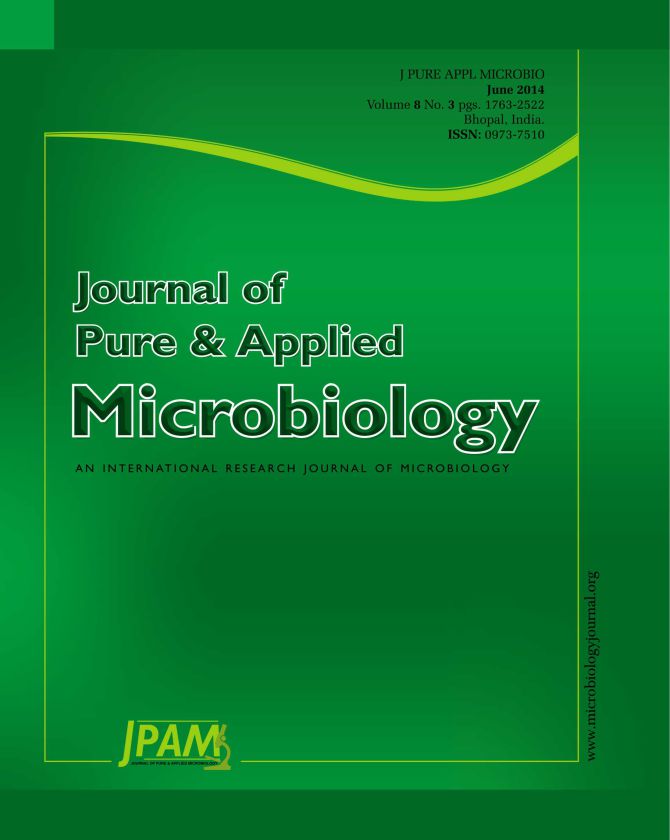In nature, prolonged cell survival is governed by the accurate transmission of DNA material from one generation to the next. Accuracy of the transmission is achieved by the concerted action of several enzymes and proteins of DNA replication and DNA repair mechanisms. In both prokaryotes and eukaryotes, various enzymes contribute to the fidelity of replication. Bacteria contain five DNA polymerase enzymes (I, II, III, IV and V) which show active contribution in the fidelity of DNA replication. DNA polymerase I is the first identified DNA polymerase from Escherichia coli which is involved in the DNA replication by Okazaki fragment processing and nucleotide excision repair. DNA polymerase III is the main chromosomal replicative polymerase with high processivity and fidelity. DNA polymerase II, IV and V are SOS regulon regulated DNA repair enzymes, which are induced in response to DNA damage.
Processivity, Fidelity, Trans-lesion synthesis (TLS)
© The Author(s) 2014. Open Access. This article is distributed under the terms of the Creative Commons Attribution 4.0 International License which permits unrestricted use, sharing, distribution, and reproduction in any medium, provided you give appropriate credit to the original author(s) and the source, provide a link to the Creative Commons license, and indicate if changes were made.


